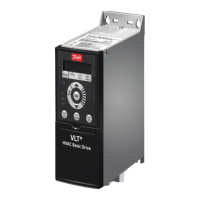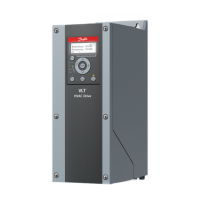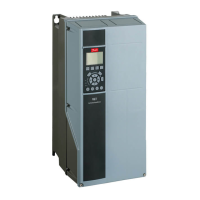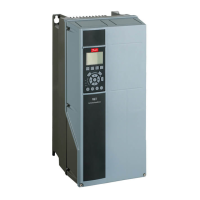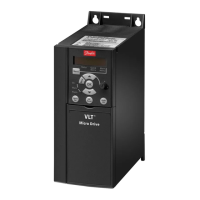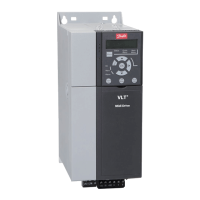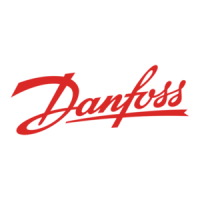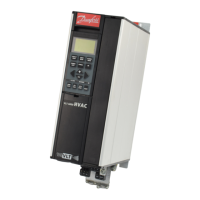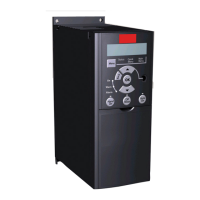S
Sophia RobinsonSep 22, 2025
What causes 10 Volts low error in Danfoss DC Drives?
- IIan SmithSep 22, 2025
A '10 Volts low' error in Danfoss DC Drives can be caused by a short in a connected potentiometer or improper wiring of the potentiometer. Remove the wiring from terminal 50. If the warning clears, the problem is with the customer wiring. If the warning does not clear, replace the control card.









